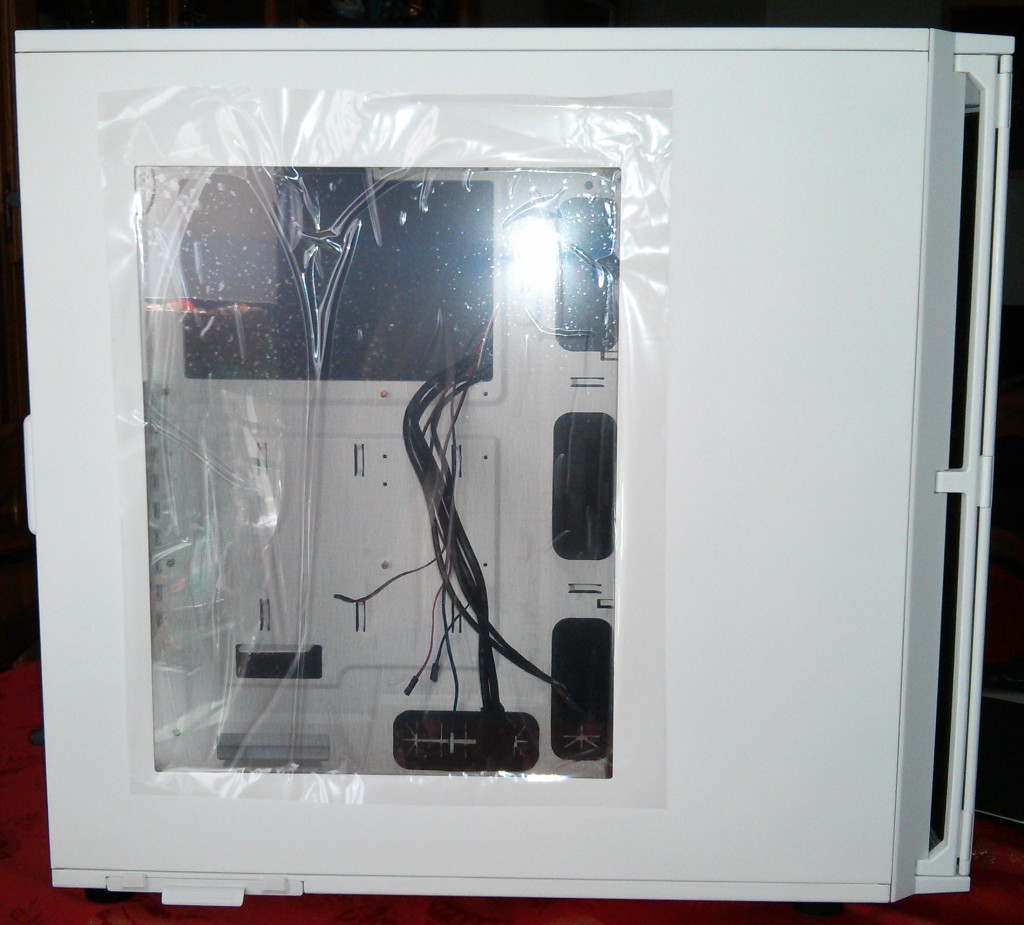Test of the Antec P280 White Window box
: Specs | Price | CPU | Profitability| Hashrate| best Coins | Config | Advantage (Pros) and Disadvantages (Cons) and other important features that will help you make better decision.
Introduction
Hi all !
A few days ago, I announced the update of the selected boxes with the addition of the P280 White Window for gamer PCs and also that I would like to have one to say goodbye to my aging P182 (but who has not flinched despite years of loyal service). Well Ladies and Gentlemen, I fell for it! The box arrived yesterday and I therefore transferred the components of the old box to the new one, which will earn us this little test today 🙂
You will say to yourself, another test of the P280 which will give the same results as the others, and no! I will make sure to offer you a comparison between the P182 and the P280 both in terms of cooling and in terms of operating silence and you will see that the latter is not as well off as its predecessor without modifications to the level. silence.
Features P280 White window
Let’s start first with the technical characteristics of the 2 boxes:
| P182 | P280 | |
|---|---|---|
| Dimensions (L x P x H) | 21 x 51 x 52 cm | 23.1 x 52.6 x 56.1 cm |
| Weight | 14 Kg | 9.2 Kg |
| Motherboard format | Maximum ATX Standard | Maximum XL-ATX |
| 2 ” 5 Internal bays | 0 | 2 + 6* |
| Berries 3 “5 Internal | 6 | 6 |
| Bays 5 “1/4 External | 4 | 3 |
| Fans supplied | 3 x 12 cms | 3 x 12 cms |
| Fan locations | 5 x 12 cms | 7 x 12 cms |
| Ports d’extension | 7 | 9 |
| Connectors in front | 2 x USB2 1 x Firewire 1 x Microphone socket 1 x Headphone jack | 2 x USB2 2 x USB 3 1 x Microphone socket 1 x Headphone jack |
* 2 dedicated slots 2 ″ 5 and 6 on racks 3 ″ 5 which are also compatible with format 2 ″ 5
As we can see on the table the P280 is a little more imposing in terms of its size but is on the other hand much lighter (5 kgs all the same!), The connectors as well as the internal locations have been upgraded to current needs (internal 2 ″ 5 slots, front USB3, etc.).
The big change for me is the widening of the cable gland behind the motherboard which is now 3cms and which finally allows a cable management worthy of the name, all those who have tried to do this clean on a P182 will know what I am doing. speaks (who among you succeeded without forcing like sick people on the door to close it?).
It is also possible to install a motherboard in XL-ATX format, such as the MSI Big Bang-XPower 2 for example.
Assembly quality and materials
In terms of assembly quality Antec as usual offers us a well finished product, there are no sharp edges, everything fits together perfectly, nothing to say on this point!
On the other hand, there are several things to say about the materials, indeed the frame itself is made of steel but much thinner than that used on the P182, it is especially visible at the level of the plate which constitutes the top of box where there are the 2 fans which sinks (a little) when you apply any pressure. Similarly the steel (certainly the same thickness) present at the level of the extension ports is not foolproof, well I nitpick because anyway once the cards are installed the rigidity of the whole will be improved but all this too thin steel does not bode well for the vibrations transmitted by the components to the case.
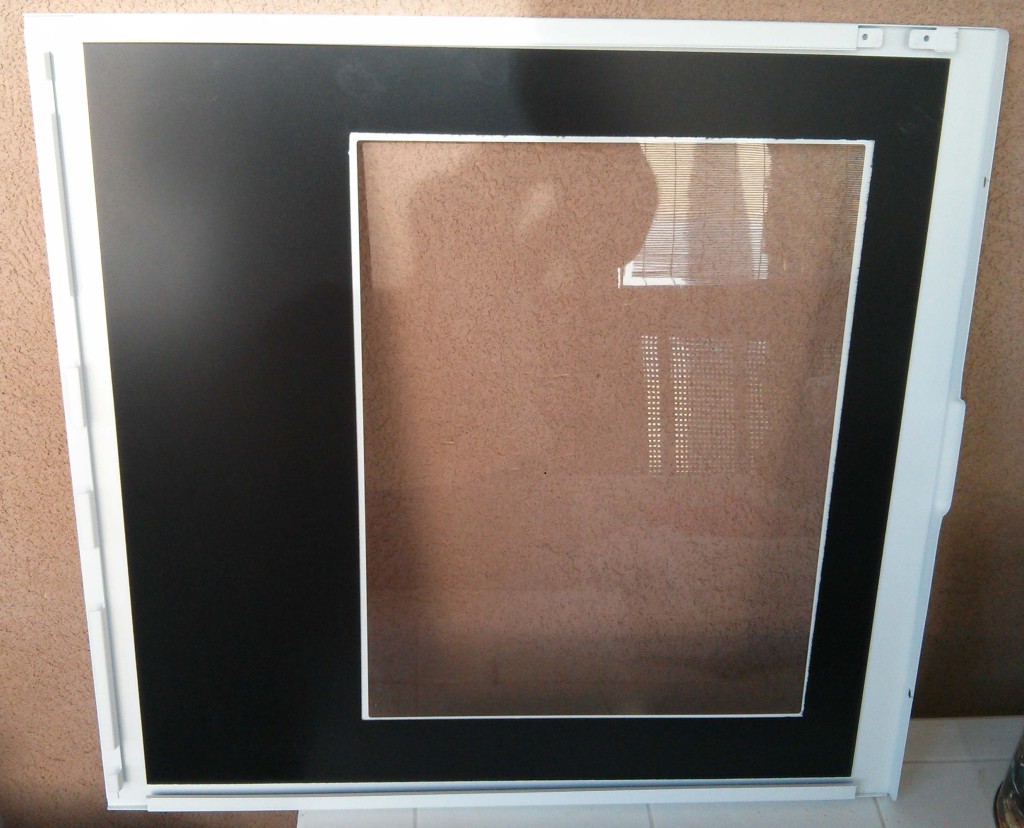
The side doors are quite heavy with the presence of a thin layer of polycarbonate that looks a bit like plastic and is therefore hard (for those who, like me, wondered what this material could look like), this layer is supposed to attenuate the nuances of sound and vibrations even if I question its real effect which for me serves rather to stiffen the door.

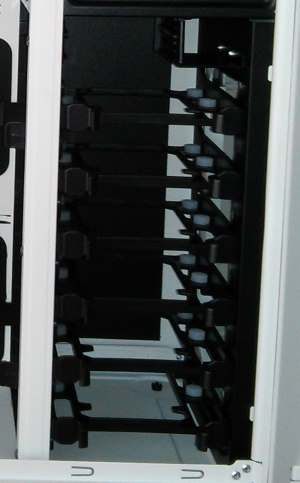
The 3 ″ 5 devices will take place on plastic racks instead of the steel ones of the P182 as in the photo below:
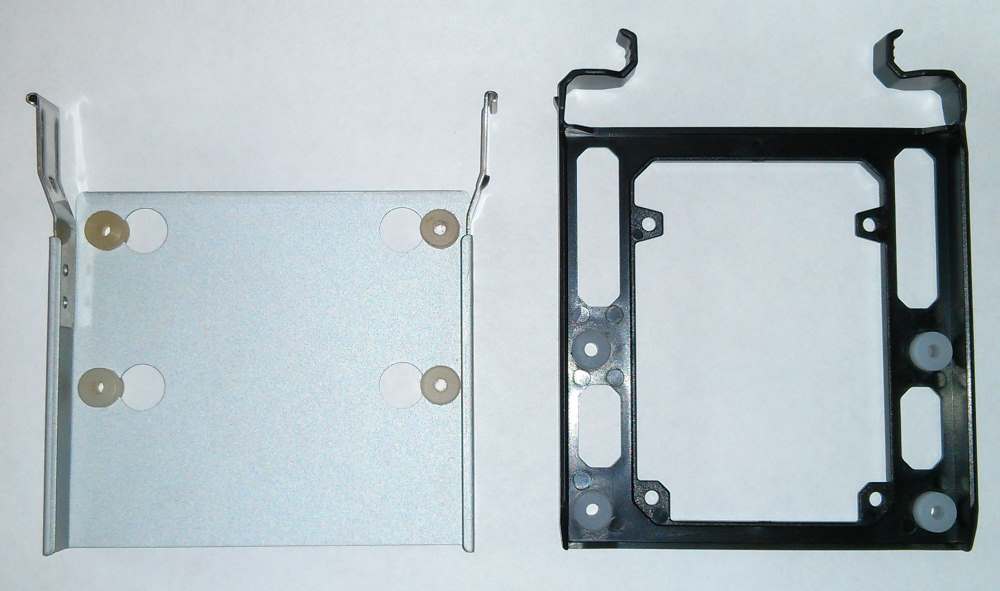
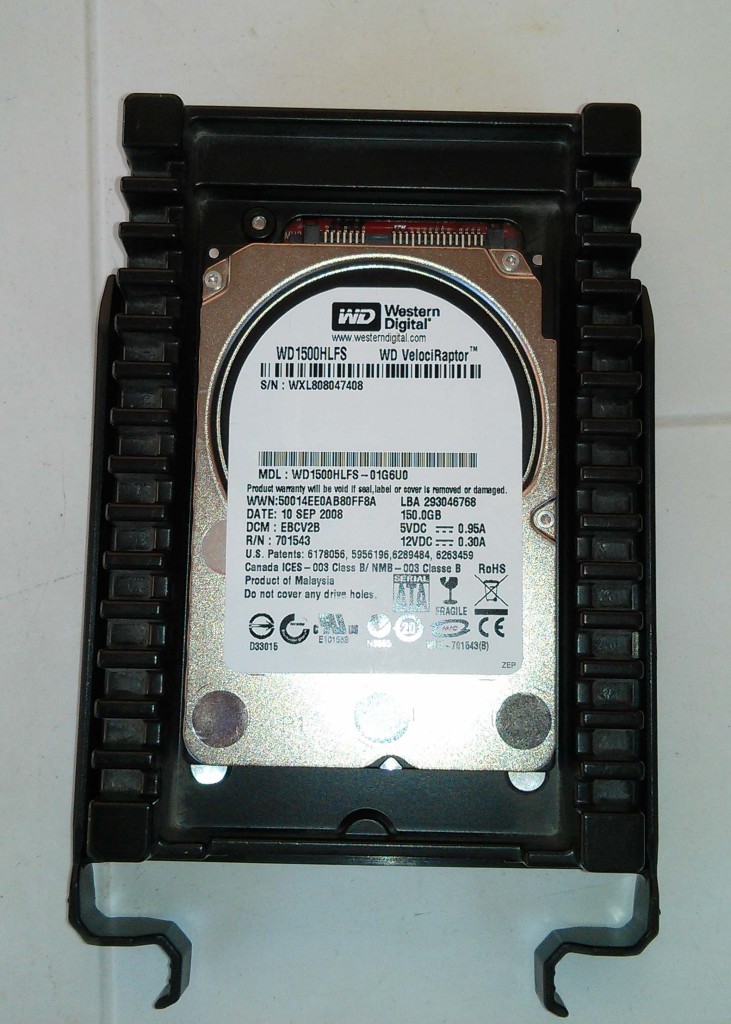
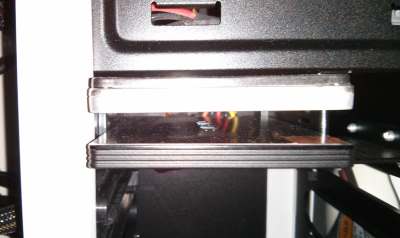
A quick note on the paint which, even though it is very well done, really does not look very scratch resistant, something sharp that falls on the case and you are good for a good scratch! A little bit of varnish will still not hurt.
Mounting
Well, I might as well say right away that it’s a piece of fun compared to the P182, there is a lot of space inside the box, the management cable is a treat with the 3cms of space behind the motherboard.
As I said at the beginning of the article, the cooling will be studied for the silence as was my old P182 so some small modifications were in order.
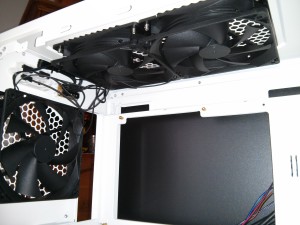
To begin with, the fans located at the top of the case go against a silent PC, the tower being most often on the ground the noise will escape from the top and therefore will reach your ears. Not to mention the fact that as said above the steel is quite thin at this point and that the fans are mounted “hard” thanks to metal screws the vibrations are then heard instantly in “low” mode of the fans supplied with the tower, in “high” mode the vibrations are even more present in addition to the rather unbearable noise made by the fans themselves, so we are simply going to remove these miscreants and fill the hole with sound-absorbing foam (as long as to do, you might as well do it well!).
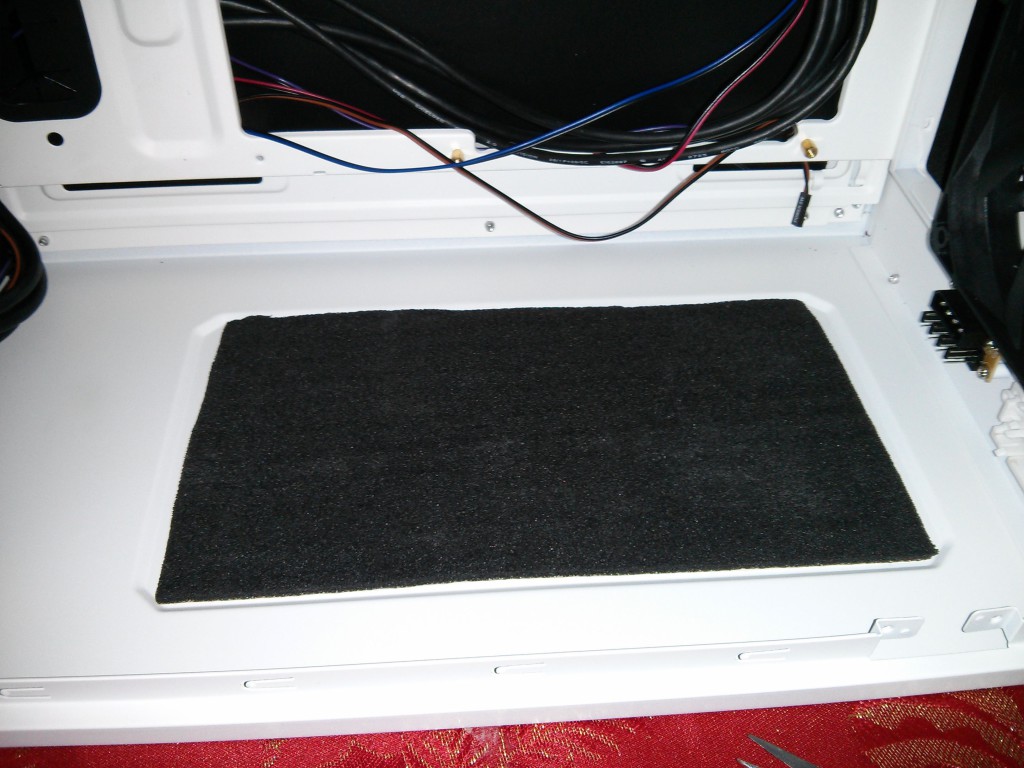
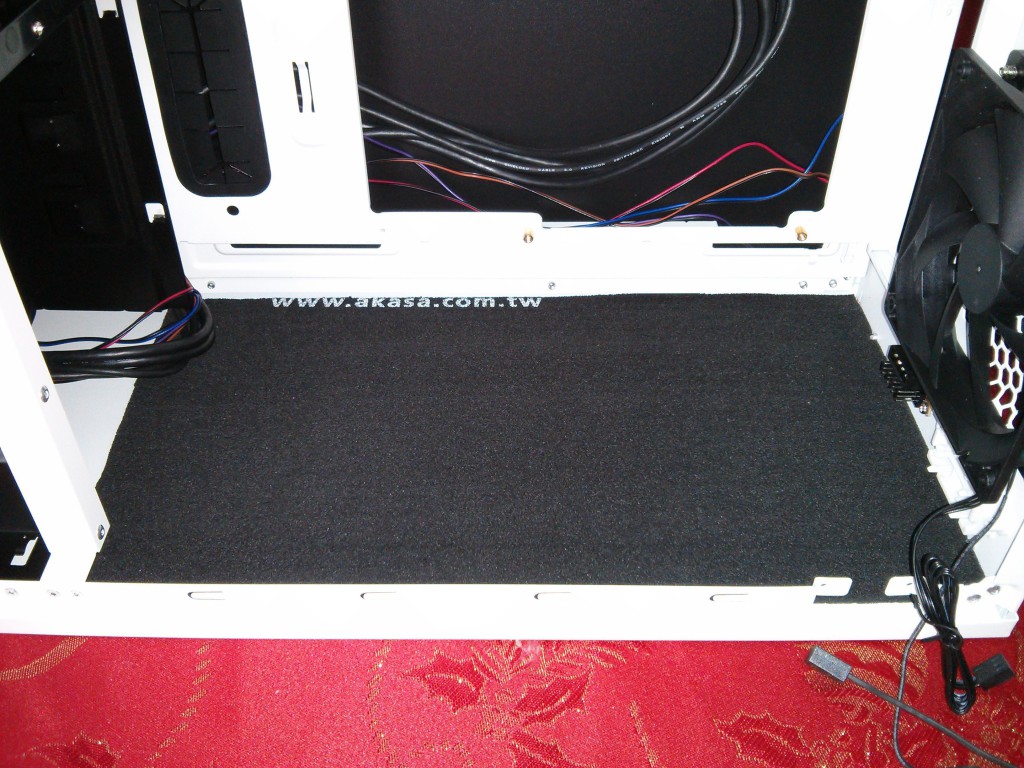
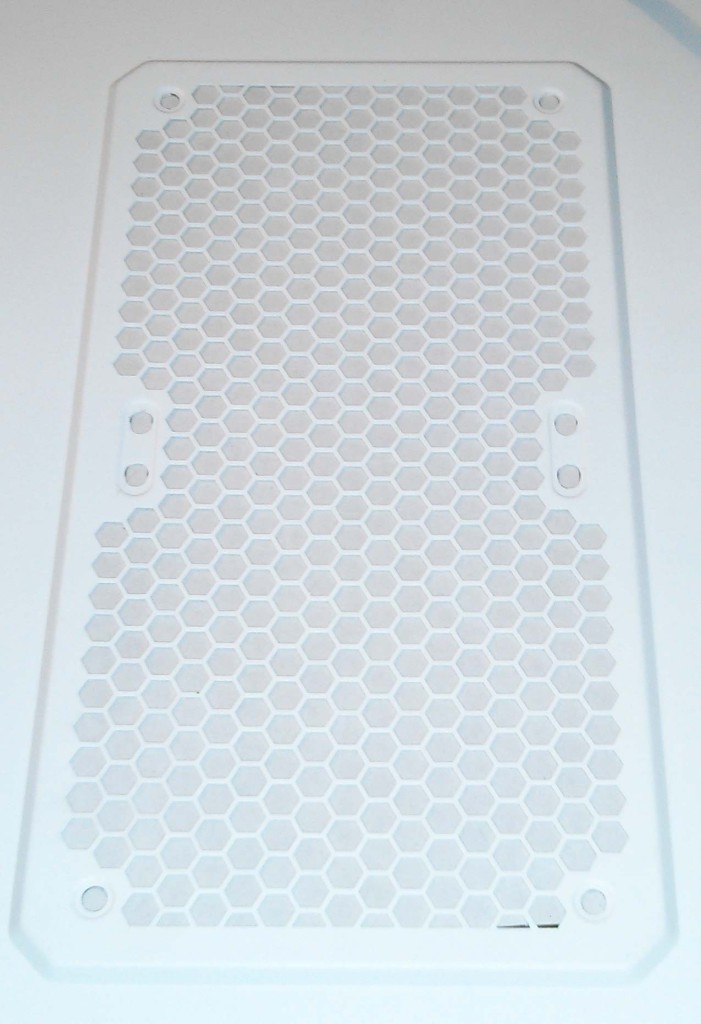
This being done, we are going to put the 2 fans that we have just removed on the front, because it is still necessary to cool the hard disks and bring fresh air to the components, on the other hand we will also add a little foam between the fans and the chassis in order to attenuate vibrations (yes again!).
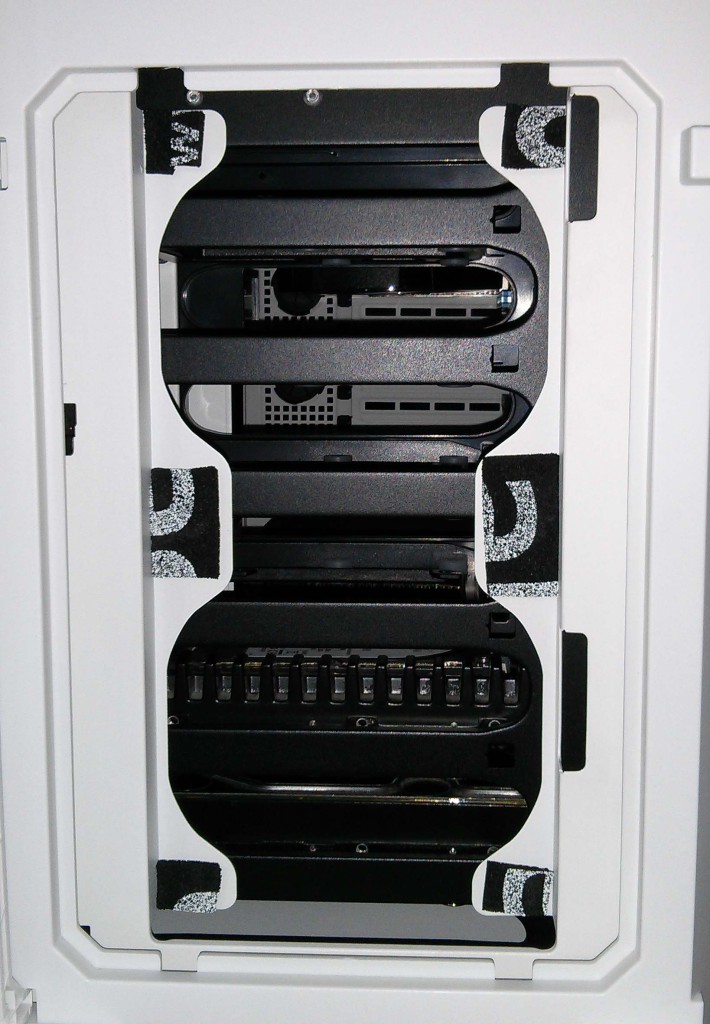
The minimum union has been done! Now place the assembly of the complete config in this little P280 White window!
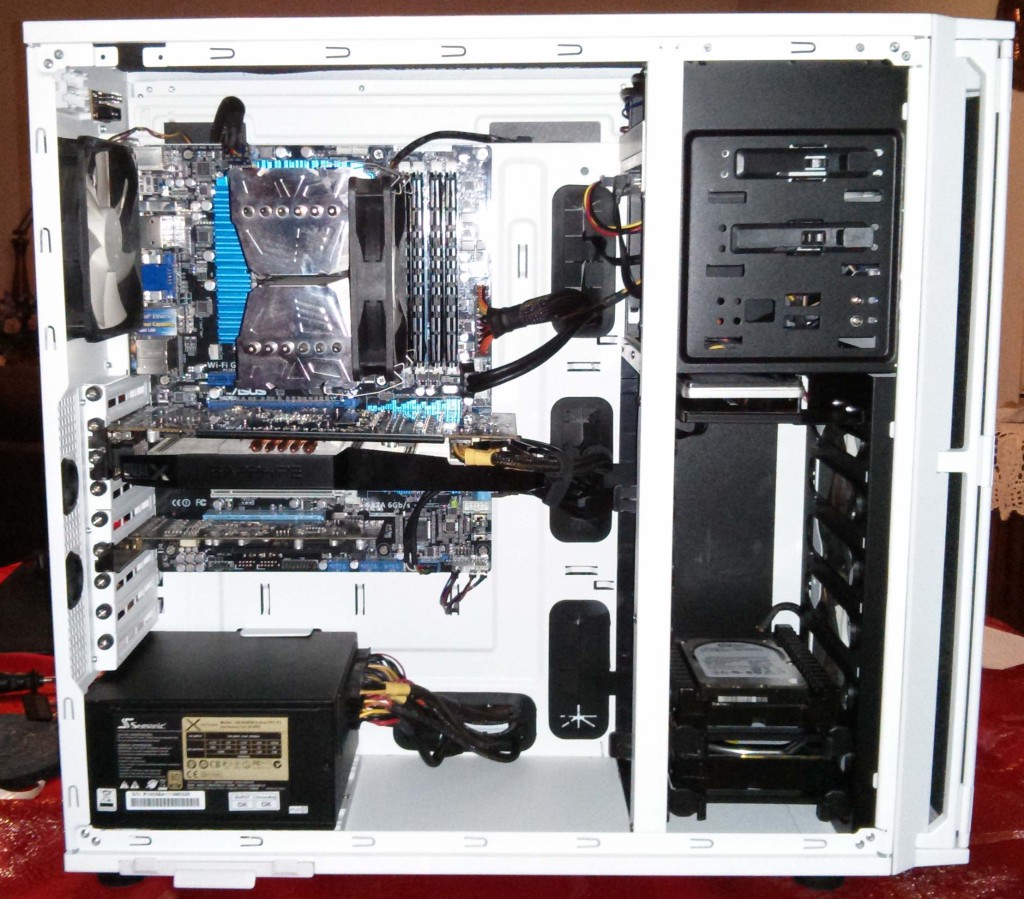
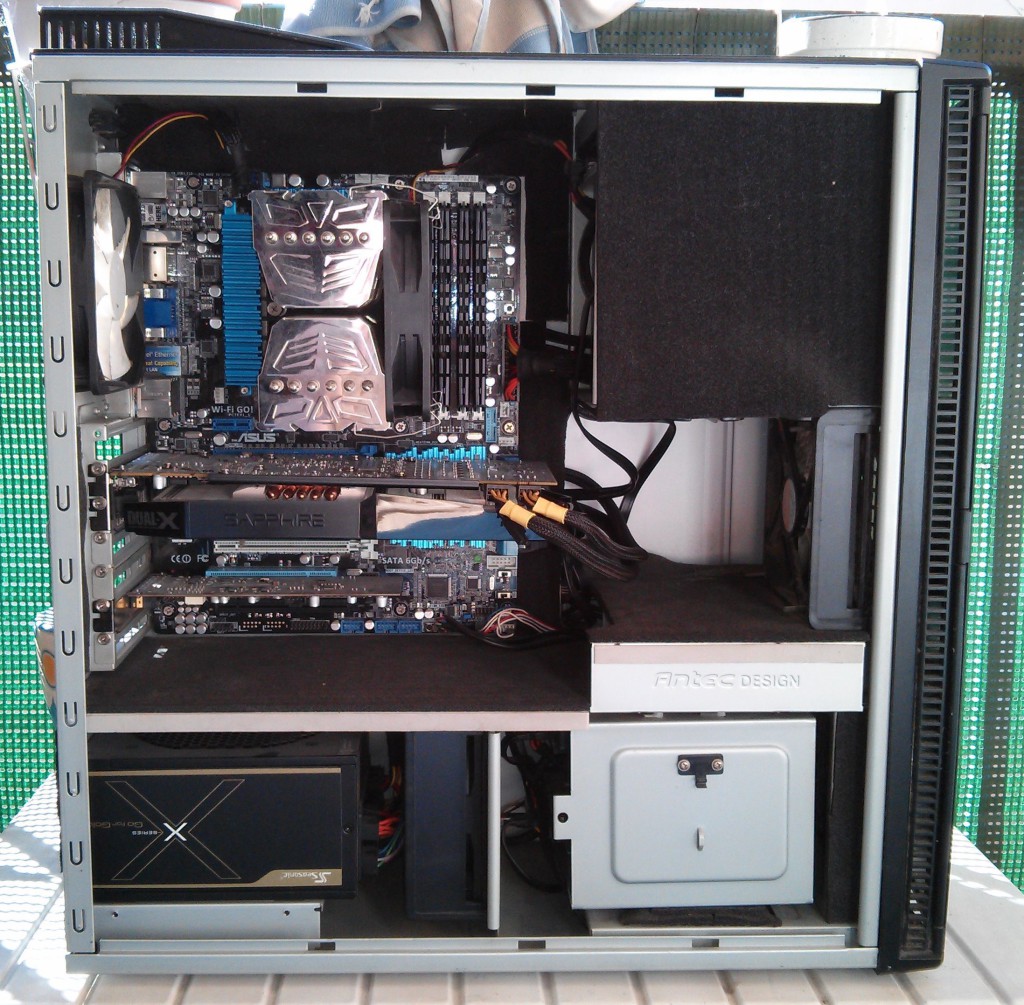
The test setup
The configuration below will be used to test the cooling performance of this P280 compared to the old P182, 2 types of fans will be used for the P280, the fans supplied with (Antec Two Cool x4) and Nexus Real Silent x4 which have been a benchmark in terms of silence for many years now. The results of the P182 meanwhile were only made with the Nexus.
Processor : Intel core i5 2500K @ 4Ghz
Ventirad Processor : Prolimatech Megahalems
Motherboard : Asus P8Z77-V
RAM memory : Kit 32Go Kingston Beast 1866Mhz
Graphic card : Sapphire 7950
Food : Season X-650
SSD : Samsung 830 128Go & Intel « Postville » X25-M 80Go
DD : WD Velociraptor 150Go & WD Caviar Green 1To
Results: temperature & noise pollution
The temperatures were recorded under the OCCT Power Supply benchmark, the value of the Processor is the average of the 4 cores at the highest temperature of the test. The idle value was taken after 10 minutes of inactivity.

First observation, the P280 cools the components much better with the same fans than the P182 which is not very surprising given the space inside the tower but I did not expect such a good result! Note that the Antec Two Cool fans in “low” mode cool about as well as the Nexus in 12v, on the other hand in “high” mode there is no photo they are much more efficient.
In terms of noise pollution, I unfortunately do not have the equipment to give you exact figures so it will be based solely on my feelings, the P280 with the Nexus fans at 7v or 12v is as quiet as the P182 at rest (it is ie almost inaudible in 7v and tolerable in 12v), on the other hand, under load, the fans of the graphics card tend to make the chassis vibrate on the P280 while this is not the case on the P182!
The Antec fans in “low” are substantially identical to the Nexus in 12v but tend to vibrate a little more, the sound level on the other hand in “high” mode is simply too high for any lover of silence, not to mention the excessive vibrations that occur. ‘they transmit to the chassis.
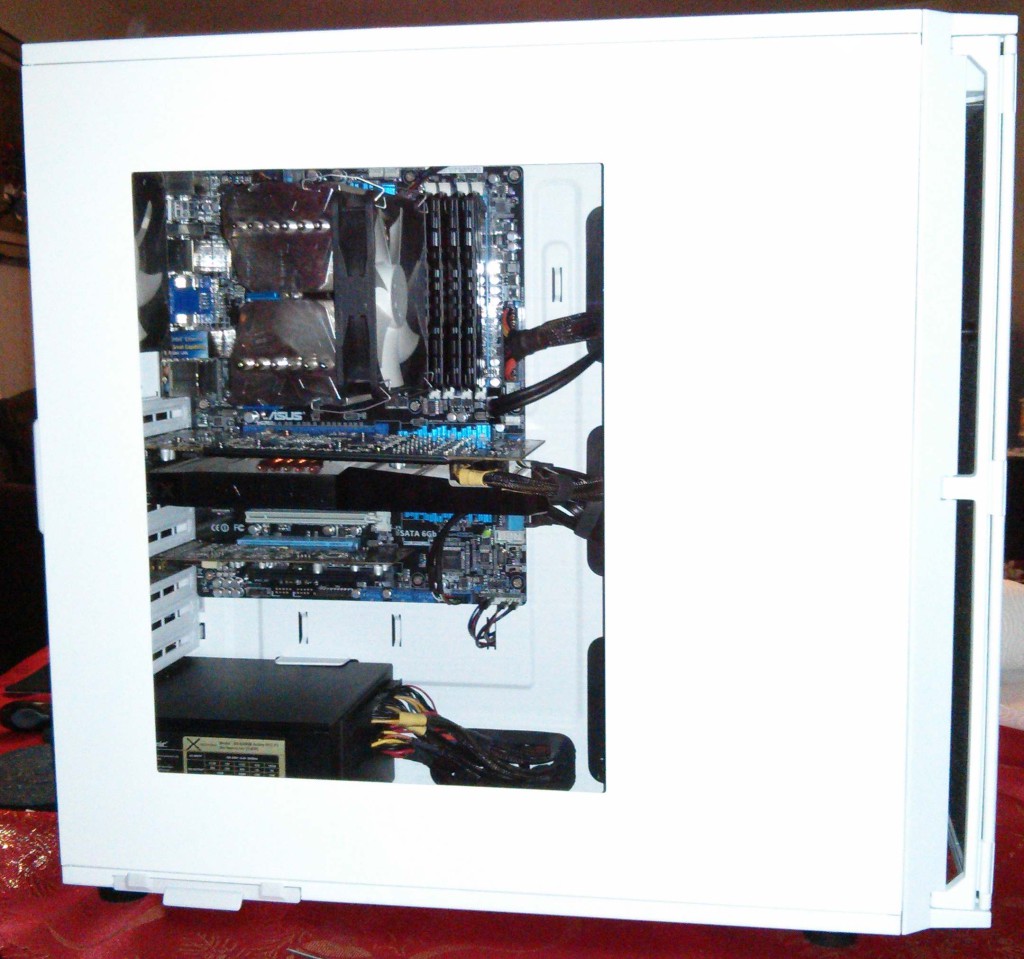
Conclusion
So in the end, what to say about this P280? Well there are some good and some not so good as you have been able to see throughout this test, the steel used seems a little too thin for a silent configuration without having really chosen its components but it remains quite doable by customizing the beast a little, the space inside the tower is very appreciable both in terms of the motherboard and the cable management.
The P280 has been brought up to date with the appearance of USB3, native 2 ″ 5 slots as well as 5 ″ 1/4 bay fixings without a screwdriver etc…
Who is this box for? Antec has gone all out to provide a case designed for large configurations, an SLI or Crossfire will not scare the P280 and the configuration will be cooled without difficulty.
You can find the P280 White Window around 140 €, as at Amazon for example, it has also joined the list of choice of Config Consulting boxes!
[phpzon asin= »B00A223B9S » country= »FR » trackingid= »conseil-config-21″ merchantid= »Amazon » templatename= »conseil »]





